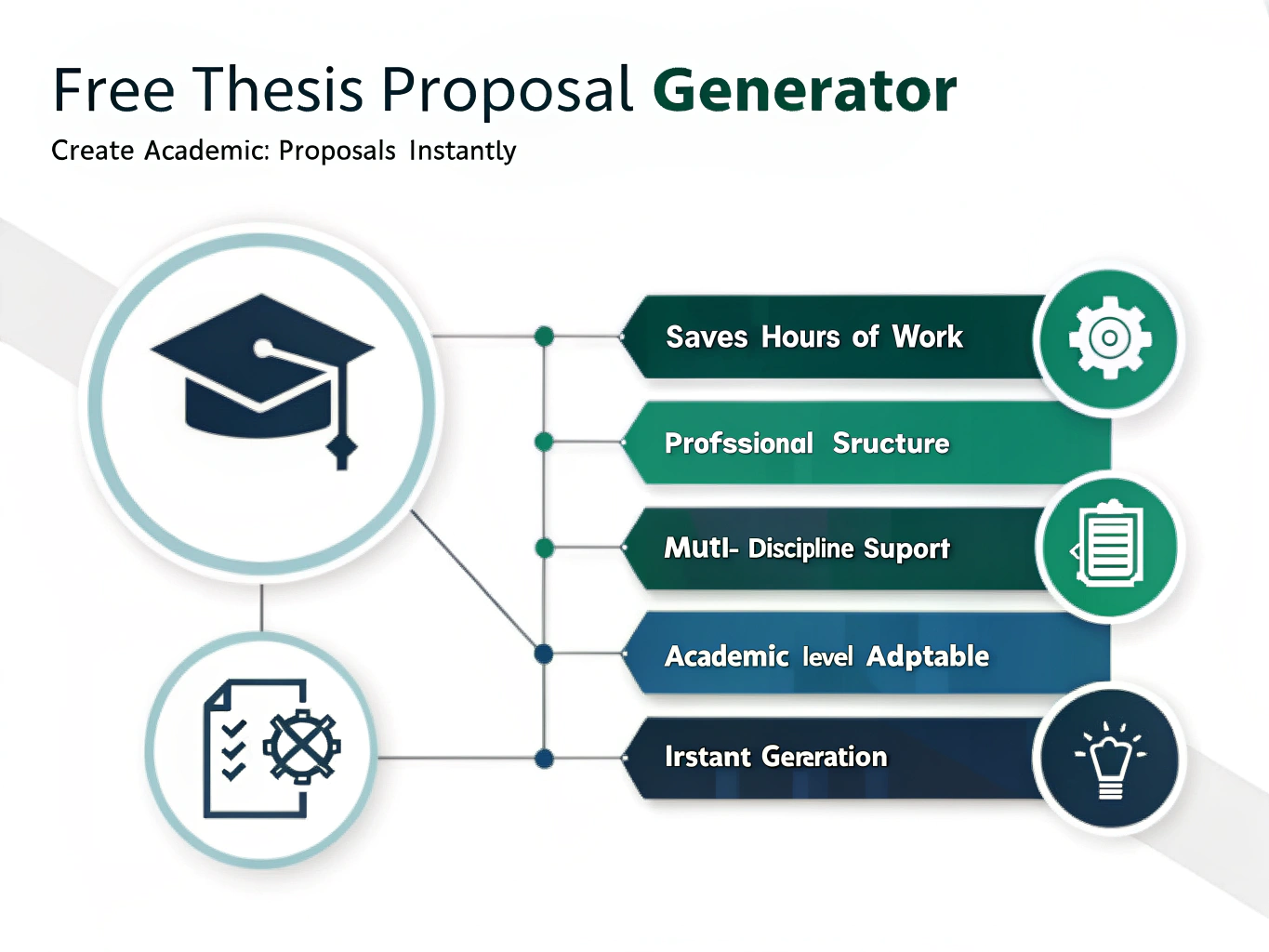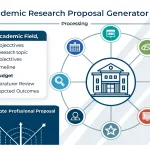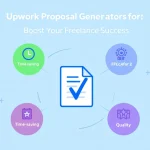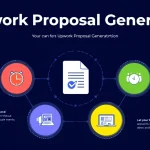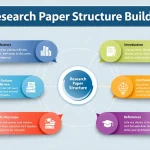Thesis Proposal Generator
Create a comprehensive thesis proposal by providing details about your research topic and methodology.
Is this tool helpful?
How to Use the Thesis Proposal Generator
Creating a compelling thesis proposal becomes straightforward when you provide the right information. Start by entering your main research topic in the first field. For example, you could write “Environmental Impact of Urban Vertical Farming Systems” or “Social Media’s Influence on Political Engagement Among Generation Z.”
Next, specify your academic discipline. You might enter “Environmental Engineering” for the farming study or “Political Science” for the social media research. This helps tailor the proposal structure to your field’s conventions.
Your research question forms the heart of your proposal. Be specific and focused. Instead of asking “How does technology affect people?”, write something like “How do smartphone notification patterns impact sleep quality and cognitive performance among university students aged 18-24?”
The methodology field lets you specify your research approach. You could indicate “mixed-methods approach combining quantitative sleep tracking data with qualitative interviews” or “longitudinal survey study with control groups.”
Set your target word count based on institutional requirements. Most undergraduate proposals range from 2,000-4,000 words, while doctoral proposals often require 8,000-15,000 words.
Include any specific institutional requirements in the final field. For example: “Must include ethical considerations section, detailed literature review spanning past 10 years, and preliminary data collection timeline with IRB approval process.”
What Is a Thesis Proposal Generator?
A thesis proposal generator helps students create structured, comprehensive proposals for their research projects. This tool transforms your research ideas into professionally formatted proposals that meet academic standards and institutional requirements.
Writing a thesis proposal challenges many students because it requires balancing detailed planning with clear communication of research objectives. You need to demonstrate the significance of your research, justify your methodology, and present a realistic timeline—all while adhering to strict formatting guidelines.
Key Benefits of Using This Tool
- Saves hours of formatting and structural planning
- Ensures all essential components are included
- Adapts to different academic disciplines and levels
- Helps organize complex research ideas logically
- Provides professional presentation suitable for committee review
Essential Components of Academic Research Proposals
Research Problem and Significance
Your proposal must clearly articulate why your research matters. The generator helps you frame your topic within existing academic discourse, highlighting gaps your research will address. This section typically comprises 20-25% of your total word count.
Literature Review Foundation
A strong proposal demonstrates your understanding of existing research. The tool guides you in structuring this section to show how your work builds upon or challenges current knowledge. Plan to allocate 30-35% of your word count to literature review.
Methodology and Research Design
This section justifies your chosen research methods. Whether you’re conducting quantitative analysis, qualitative interviews, or mixed-methods research, the generator helps you explain your approach clearly. Reserve 25-30% of your word count for methodology.
Sample Size Considerations
For quantitative research, you’ll need to justify your sample size. The formula for basic survey research is:
$$n = \frac{z^2 \cdot p \cdot (1-p)}{e^2}$$Where n equals required sample size, z represents the z-score for your confidence level (1.96 for 95% confidence), p is the estimated population proportion (0.5 for maximum variability), and e is your margin of error.
Timeline and Resource Planning
Academic committees expect realistic timelines. The generator helps you break down your research phases, from literature review through data collection to final analysis. Include buffer time for unexpected delays.
Practical Applications Across Academic Disciplines
STEM Research Proposals
Science, technology, engineering, and mathematics proposals require precise methodology descriptions and statistical justifications. The tool adapts to include technical specifications, equipment lists, and experimental design details.
Social Sciences and Humanities
These fields often emphasize theoretical frameworks and interpretive methodologies. The generator accommodates qualitative research approaches, ethical considerations, and cultural context discussions.
Business and Management Studies
Business research proposals frequently involve case studies, market analysis, or organizational behavior studies. The tool helps structure industry-relevant research questions and practical applications.
Optimizing Your Research Question Development
Strong research questions share several characteristics. They address significant problems, remain feasible within your timeframe and resources, and contribute new knowledge to your field. Avoid questions that are too broad (“How does technology affect society?”) or too narrow to generate meaningful insights.
Your question should be researchable using available methods and data sources. Consider whether you can realistically access participants, documents, or experimental materials needed for your study.
SMART Research Objectives
Frame your objectives using the SMART criteria: Specific, Measurable, Achievable, Relevant, and Time-bound. This approach helps committee members understand exactly what you plan to accomplish and how you’ll measure success.
Advanced Features for Different Academic Levels
Undergraduate Thesis Proposals
Bachelor’s level proposals typically focus on demonstrating research skills and contributing to existing knowledge. The generator creates appropriate scope and complexity for undergraduate capabilities.
Master’s Thesis Proposals
Graduate-level proposals require deeper theoretical engagement and more sophisticated methodology. The tool incorporates advanced analytical frameworks and comprehensive literature integration.
Doctoral Dissertation Proposals
PhD proposals demand original contributions to knowledge and methodological innovation. The generator accommodates complex multi-phase studies and interdisciplinary approaches.
Common Proposal Writing Challenges and Solutions
Scope Management
Many students propose overly ambitious projects. The generator helps you calibrate your research scope to match available time and resources. Focus on depth rather than breadth for stronger proposals.
Methodology Justification
Explaining why your chosen methods suit your research questions challenges many writers. The tool guides you through connecting research objectives to appropriate methodological approaches.
Academic Writing Style
Proposal writing requires formal academic tone while remaining accessible to committee members from different specializations. The generator produces text that balances scholarly rigor with clear communication.
Maximizing Committee Approval Chances
Successful proposals demonstrate thorough preparation and realistic planning. Address potential limitations upfront and explain how you’ll handle methodological challenges. Show awareness of ethical considerations relevant to your research.
Present your budget and timeline conservatively. Committee members appreciate students who anticipate complications and plan accordingly. Include contingency plans for data collection difficulties or access restrictions.
Your proposal serves as a contract between you and your committee. Be specific enough that readers understand your commitments, but flexible enough to accommodate discoveries that emerge during research.
Important Disclaimer
The calculations, results, and content provided by our tools are not guaranteed to be accurate, complete, or reliable. Users are responsible for verifying and interpreting the results. Our content and tools may contain errors, biases, or inconsistencies. Do not enter personal data, sensitive information, or personally identifiable information in our web forms or tools. Such data entry violates our terms of service and may result in unauthorized disclosure to third parties. We reserve the right to save inputs and outputs from our tools for the purposes of error debugging, bias identification, and performance improvement. External companies providing AI models used in our tools may also save and process data in accordance with their own policies. By using our tools, you consent to this data collection and processing. We reserve the right to limit the usage of our tools based on current usability factors.
